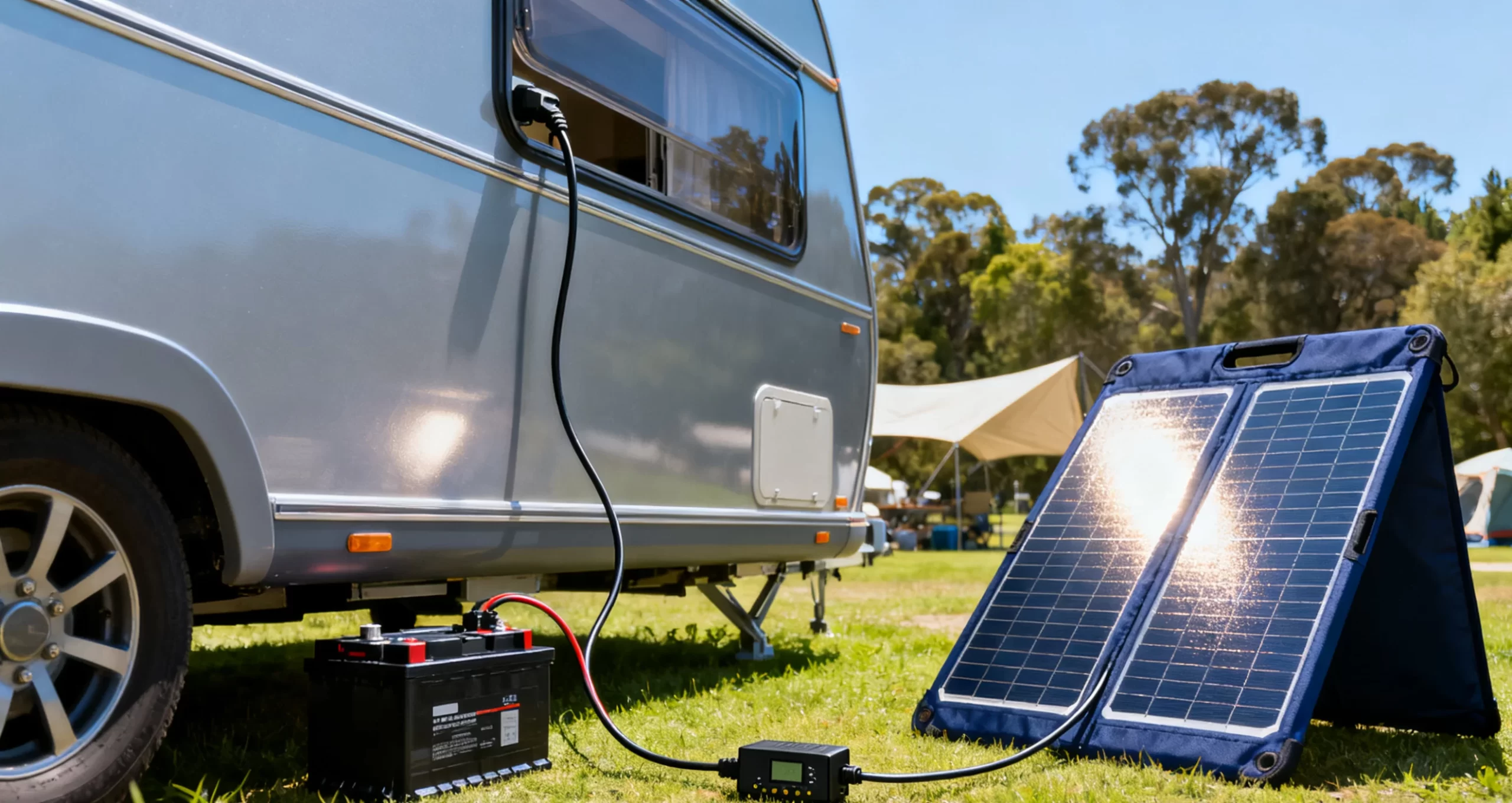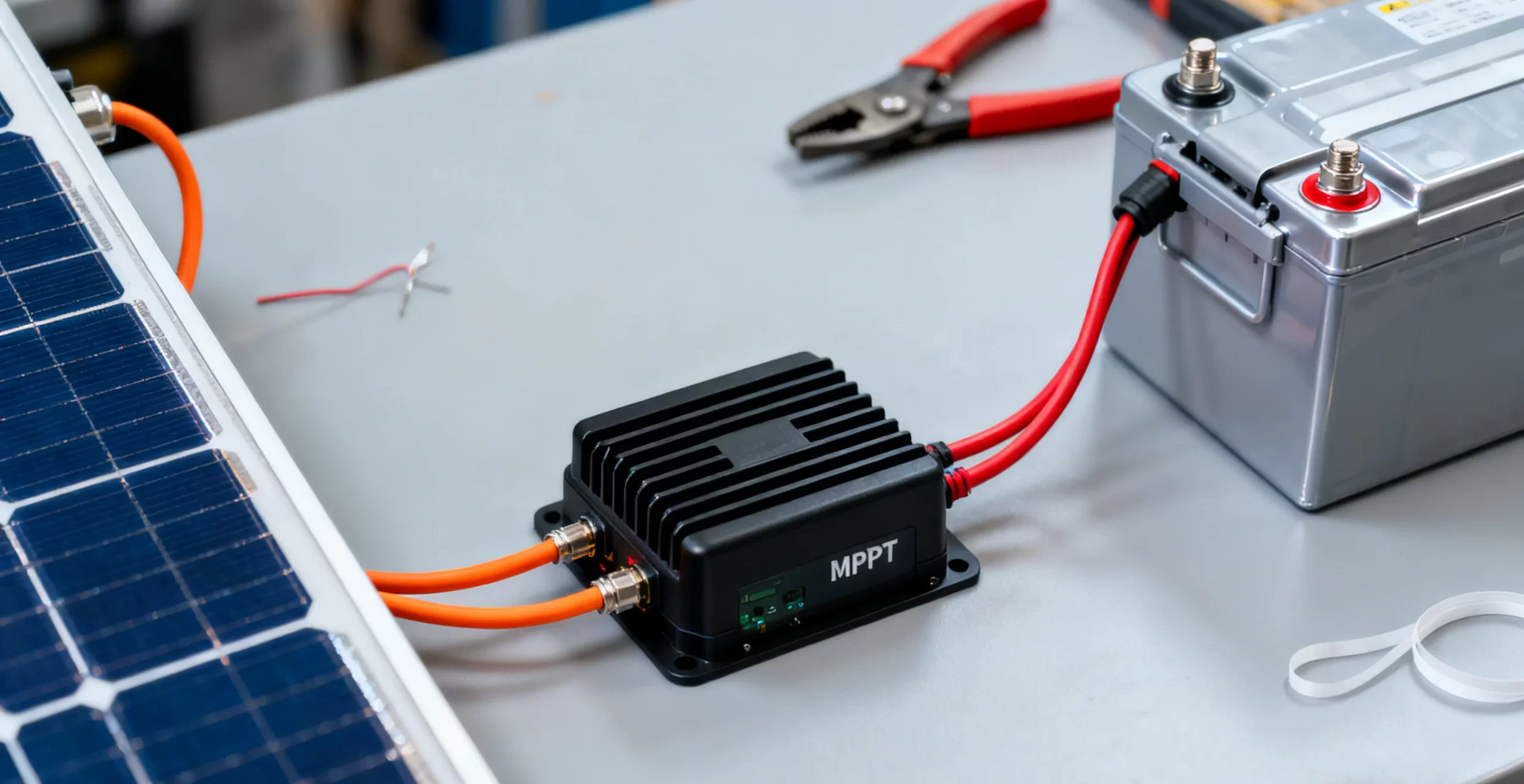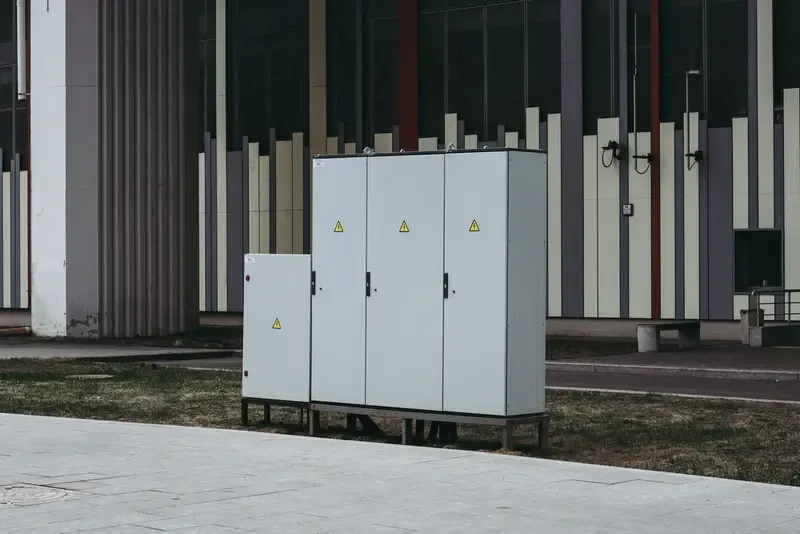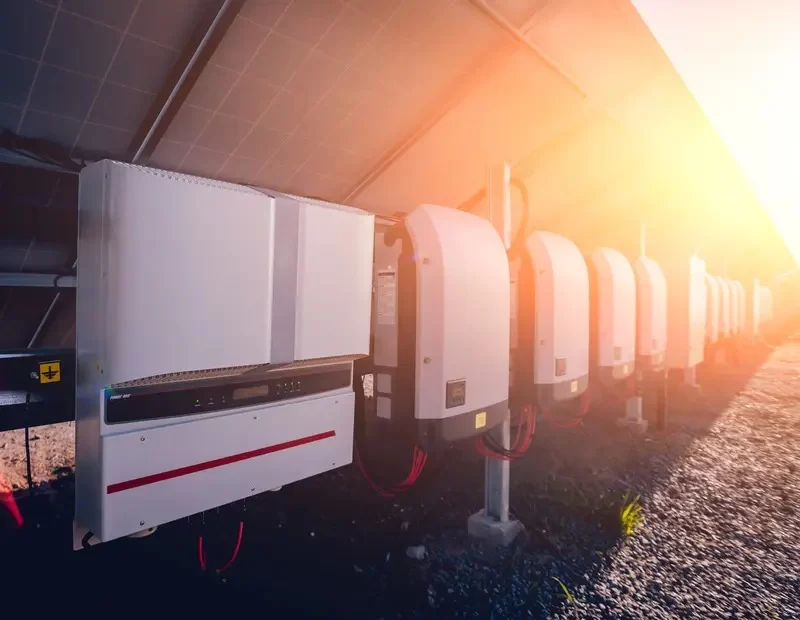- tel:+86-13651638099
- Email: [email protected]
- Official website: www.hj-net.com
- Address: 333 Fengcun Road, Fengxian District, Shanghai
Get A Quote Now!
Choosing the Right Integrated Energy Storage System: Types and Tips
Integrated energy storage systems (ESS) are essential in modern energy management, providing reliability and efficiency. With various types available, selecting the right one can be challenging. This guide will help you understand the types of ESS and how to choose the best one for your needs, considering factors like inverter and battery price, functionality, and applications.
Types of Integrated Energy Storage Systems
1. Basic Inverter and Battery Systems
These systems consist of a standard inverter and battery combination. They are ideal for small-scale applications like home use or small businesses. The focus here is on cost-effectiveness and simplicity. If your priority is a lower inverter and battery price, this might be the right choice for you.
2. Mini Inverter with Battery
For those needing a compact solution, the mini inverter with battery systems are perfect. These are portable, easy to install, and suitable for small-scale energy storage needs. They’re great for RVs, boats, or remote cabins where space is limited. The compact size doesn’t compromise performance, making them a popular choice for off-grid enthusiasts.
3. Hybrid Inverter with Battery
The hybrid inverter with battery systems are versatile and highly efficient. They can manage multiple energy sources, including solar panels, wind turbines, and the grid. These systems are ideal for those looking to integrate renewable energy sources into their setup. They provide flexibility, allowing for seamless switching between power sources, which ensures a continuous power supply.
How to Choose the Right ESS
1. Assess Your Energy Needs
Start by evaluating your energy consumption. Consider peak usage times and total energy required. This assessment will guide you in determining the capacity and type of ESS you need. For instance, a mini inverter with battery might suffice for minimal energy needs, while larger setups might require hybrid systems.
2. Budget Considerations
Your budget is a critical factor. Compare inverter and battery price across different types and brands. While basic systems are more affordable, hybrid systems offer more features and long-term savings by utilizing renewable energy. It’s essential to balance initial costs with potential savings.
3. Space and Installation
Evaluate the space available for installation. Compact spaces might benefit from a mini inverter with battery, while larger areas can accommodate more extensive systems. Consider ease of installation and potential expansion in the future.
4. Renewable Energy Integration
If you plan to incorporate renewable energy sources, a hybrid inverter with battery is a smart choice. These systems are designed to integrate seamlessly with solar panels and wind turbines, maximizing energy efficiency and sustainability.
5. Future-Proofing
Think about future energy needs. Investing in a scalable system, such as a hybrid inverter, allows for easy upgrades as your energy requirements grow. Future-proofing ensures long-term value and adaptability.
Conclusion
Choosing the right integrated energy storage system involves understanding your energy needs, budget, and space constraints. Whether opting for a basic inverter and battery system, a compact mini inverter with battery, or a versatile hybrid inverter with battery, the right choice will enhance energy efficiency and reliability. By carefully considering these factors, you can make an informed decision that meets your current and future energy needs.
Explore our advanced hybrid and mini inverter with battery systems. Click here to find the best fit for your energy needs.







